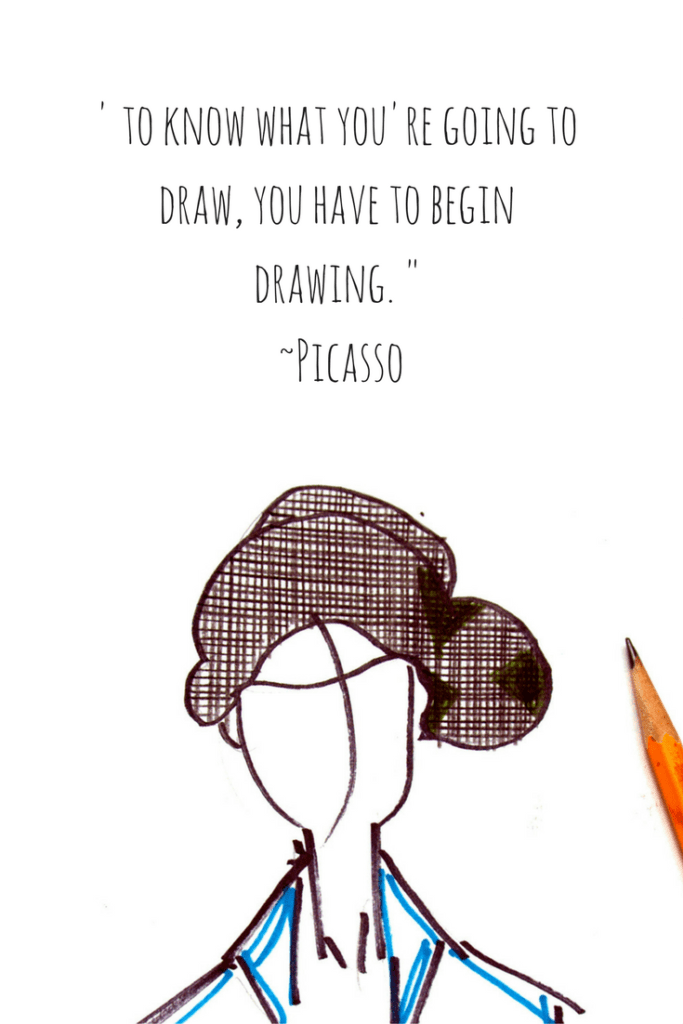Part 3: 6 Steps to Stop Procrastinating
” To know what you’re going to draw, you have to begin drawing. ” Picasso
We all do it…. we check our phone, email, facebook, over and over again, instead of getting the next thing crossed off of our to do list. 6 ways to help you and your students stop procrastinating.
- Deadlines: if there isn’t a clear deadline, then it can always wait until tomorrow. Eventually we run out of tomorrows.
- Constraints: We all love choice, but too much choice can leave us lost, and unsure where to go next. A deadline is a constraint, but so is the size of piece, the amount of mediums that you can use, the subject matter, or the theme.
- Be exact: Don’t just say that you need to work on your project. Say that you need to work on your project for 45 minutes or two hours, the amount of time doesn’t matter as much as making it specific. And if it’s something really hard that you or your students hate to do, then start by making it a short amount of time. If you have a student that hates drawing from observation, but needs the practice, have them do it for 5 minutes, then 10, then 15 minutes.
- Capture ideas: Have a place where you can capture ideas. Often we don’t start, because we feel like we can’t come up with a good enough idea, or we need more time for incubation. If you’re always asking questions and capturing ideas, you’re much more likely to be able to have more than a blank page to start with. This might be a sketchbook, note cards, or an app on your phone like evernote.
- Start: The blank page is crippling. Just put a mark on the canvas, heck, have someone else put a mark on the canvas. If you’re writing, grab a quote that you like. Type it on the page, and get going.
- Reward: Give yourself timed intervals, and each time you hit one, give yourself a small reward. Work on a project for an hour, then get to play a game for 10 minutes.
